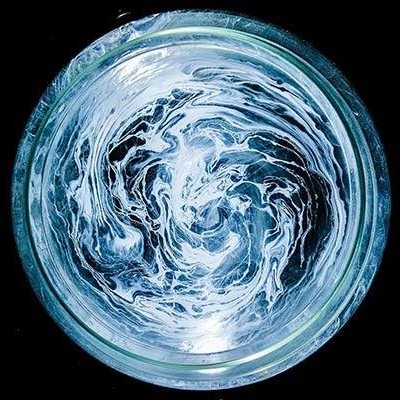Water Conference – Conference on the Physics, Chemistry and Biology of Water
Water Conference: Initiated in 2005 and run annually since then, the Annual Conference on the Physics, Chemistry, and Biology of Water brings together leading scientists from all over the world to present their latest findings on the mysteries of water. We shifted the conference from Vermont initially, to Bulgaria currently, a country famous for its healing waters. This informal, people-friendly conference has become the signpost for new findings involving the enigmatic substance that is water. All are welcome.
“The overriding philosophy of the laboratory is that science is essentially simple.”
Gerald H. Pollack
Gerald Pollack maintains an active laboratory at the University of Washington in Seattle. He is the Founding Editor-in-Chief of WATER: A Multidisciplinary Research Journal; Executive Director of the Institute for Venture Science; co-founder of 4th-Phase Inc.; and founder of the Annual Conference on the Physics, Chemistry, and Biology of Water. He has received numerous honors including: the Prigogine Medal for Thermodynamics; the University of Washington Annual Faculty Lecturer; the NIH Director’s Transformative Research Award; and the 1st Emoto Peace Prize. He is recognized internationally as an accomplished speaker and author.
Philosophy of Science: The overriding philosophy of the laboratory is that science is essentially simple. Although intricacy is undeniable, the foundational principles are ultimately simple, and if a mechanism appears complicated — if you find it difficult to understand — then it is probably not because you are inept, but that the foundational “principle” on which it is based may itself not be correct. Sound mechanisms rarely rest on shaky foundations.
Our work has been oriented toward uncovering those fundamental principles. We target areas in which understanding seems too complex to be valid, and penetrate — or at least we try to penetrate — toward the core of truth. Often the ideas that come out of these excursions are controversial, as they inevitably upset the status quo, sometimes at its very core. Hence, the reactions range from non-printable expletives at one extreme, to enthusiastic comments such as a recent one from a well-known physicist about our findings on water: “the most significant scientific discovery of this century”.
Scientific Activism: Challenging staid dogma with fresh ideas that explain more is a core element of improving a scientific enterprise that has been progressively eroding. Science has become increasingly conservative. Challengers are viewed with suspicion, the prevailing response being something like this: your idea cannot be right, for if it were, certainly someone would have thought of it earlier. This attitude has permeated the granting systems, which have become conservative — a problem now broadly recognized.
We began challenging both the NSF and the NIH grant systems in the early 2000s, to open their doors to ideas that challenge mainstream views. Initial efforts consisted of letter-writing campaigns organized to alert the granting agencies to the seriousness of the problem. Out of these campaigns came the NSF “Frontiers in Biological Research” program and an NIH workshop that eventually led to the NIH Director’s Pioneer Award. A paper describing some of the proposals is available in a paper entitled: Revitalizing science in a risk-averse culture: Reflections on the syndrome and prescriptions for its cure. Cellular and Mol. Biol. 51: 815-820, 2005.
Later, I served as an external adviser to the National Science Board (which governs NSF) in their task force on transformative science – whose recommendations led to a dramatic increase of transformative programs at NSF. The term “transformative” now runs deeply through the Foundation’s website. Similarly, with the NIH, I was the main academic speaker at 2007 workshop on “Fostering Innovation” which was attended by top NIH administrators and a panel of distinguished scientists including two Nobel Laureates. The 40-minute talk offering various remedial solutions, some radical, starts at 1:17. Again, recommendations from this workshop and others, including one on the peer-review system, began opening the NIH to be more receptive to transformative ideas.
Despite these gains, still, the problem persists. The main obstacle to the hoped-for scientific revolutions is the culture: the entrenched orthodoxies feel it is not in their best interest to entertain views that challenge their long-held beliefs. Hence, challenges are often ignored or repressed, no matter how promising they may be. If revolutions are to happen, it will be necessary to get the attention of the leaders of the prevailing scientific orthodoxies. Some mechanism needs to be put in place to make sure that happens.
For this purpose in 2009 we proposed to President Obama that he set up the Institute for Venture Science. This $4B per year institute is designed to support so-called “high-risk, high-return” research that has the potential to turn the scientific world upside down. The funding mechanism is now in place, and is being sourced from private funds. Please read more about this Institute below
